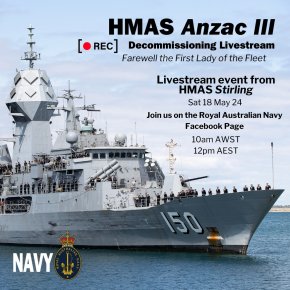Todjaeger
Potstirrer
Sort of yes and sort of no. One needs to remember that major warships, even if in production, are 'custom' builds so that there can be minor differences between vessels built, even of the same class and by the same yard. If one were to also factor in any changes required to use systems that are already in Australian service and/or could be easily supported by Australia, then one is likely making far more significant changes than would likely occur for any aircraft bound for Australia.The thing is, the Mogami/FFM is in production and a proven and active design. The hiccups could be the language barrier and commonality of weapons systems.
What is the Mogami fitted with and can we easily fit our chosen systems?
And I would suggest if we choose the design it would be the batch II with 32 VLS. Most of the other candidates are based on older designs with no room for growth. Plus the Batch II has improved ASW capabilities.
As a layman I apologise for my lack of technical knowledge.
My only naval experience has been guided tours of USS Mobile Bay (post 911) and HMAS Brisbane. A former gun captain was my guide and another mate was a cook on board with the Red Crew. At least I got to sit in the CO's modified seat on the bridge. From a Holden Commodore I believe. Lol.
IIRC the RAAF SHornet order had some of the gauges changed to reflect metric units vs. the standard units of measure used in the US. There might also be some slightly different comms systems fitted for Australian units.
A warship however, could have a number of different systems in use or that require either a changeover or interface developed. This reality, coupled with the very compressed timeline for selection, contracting and then build is all part of why I am not really optimistic about the DSR and subsequent naval review..

